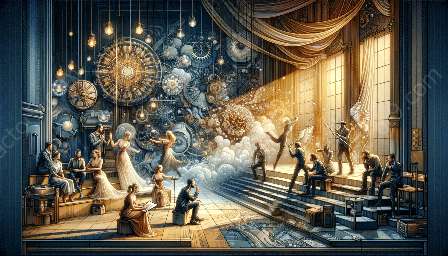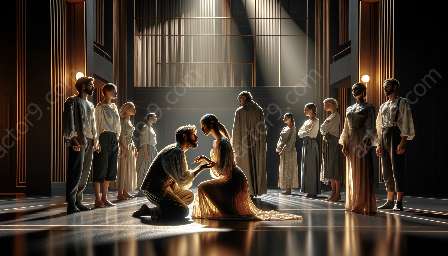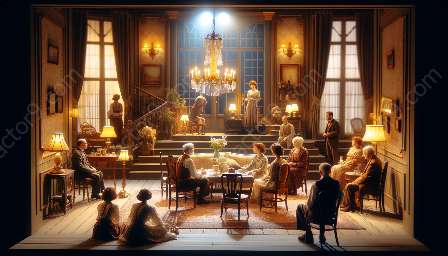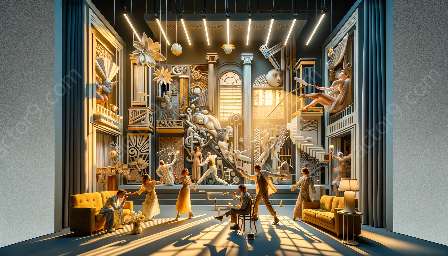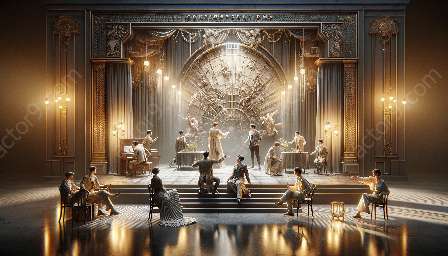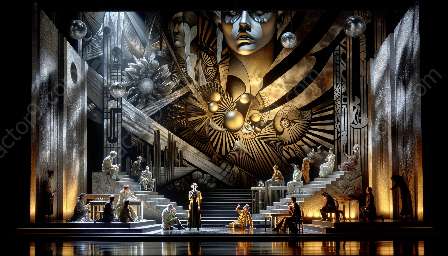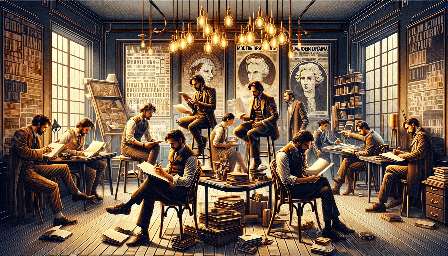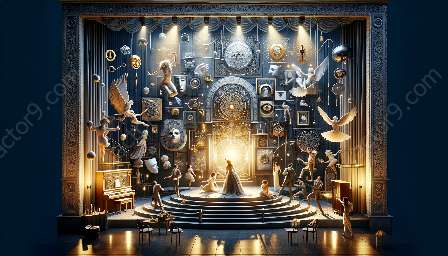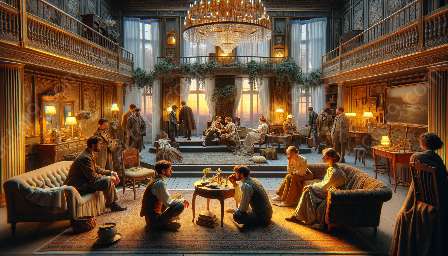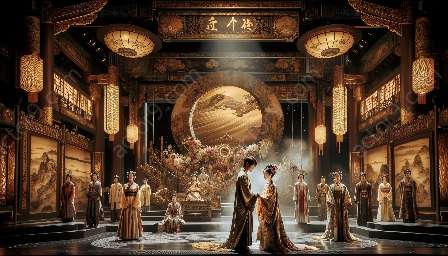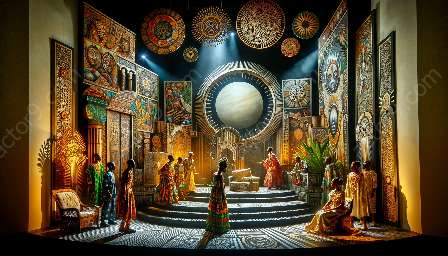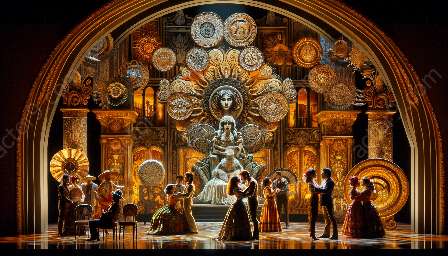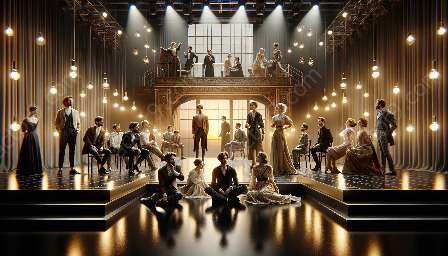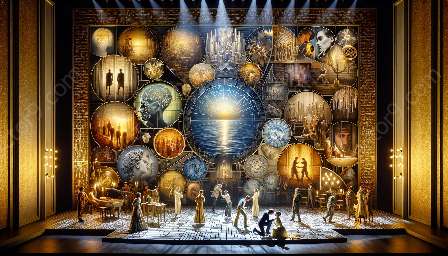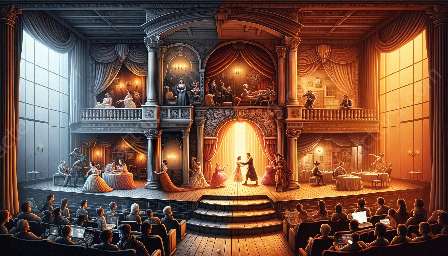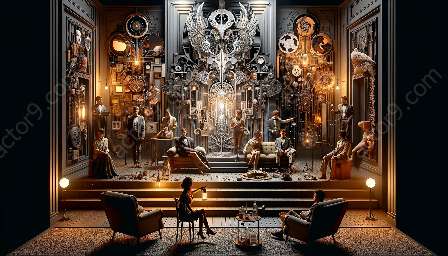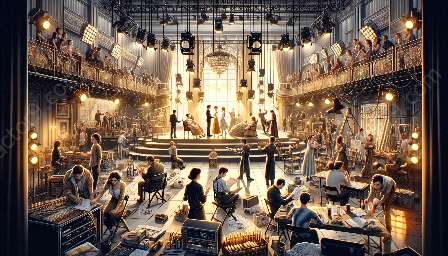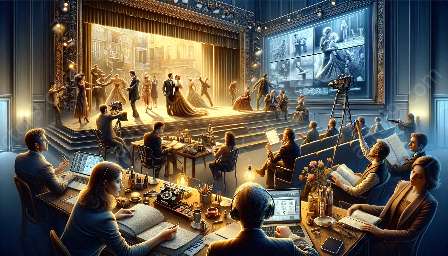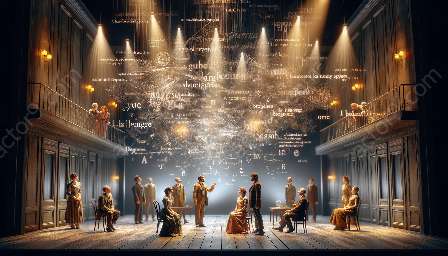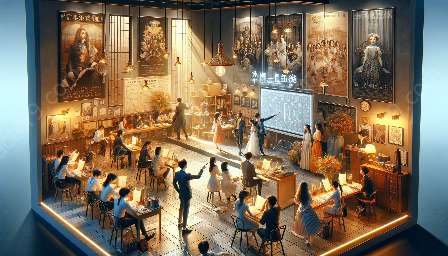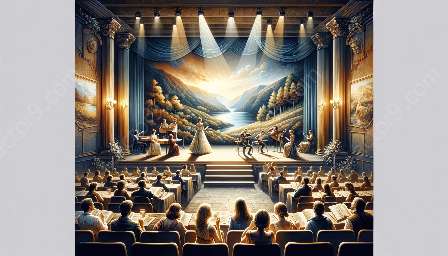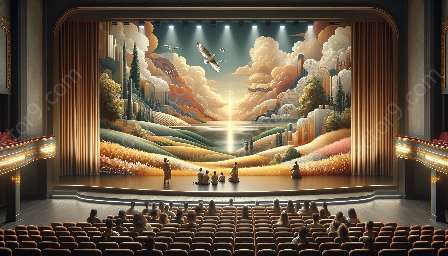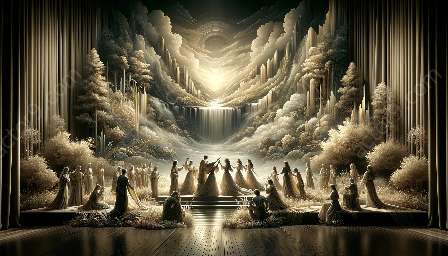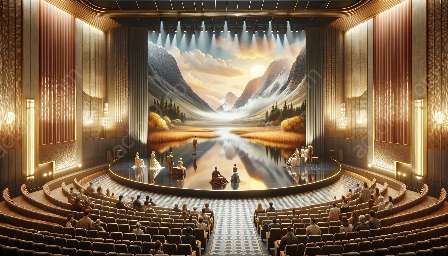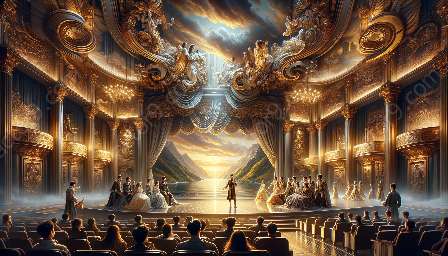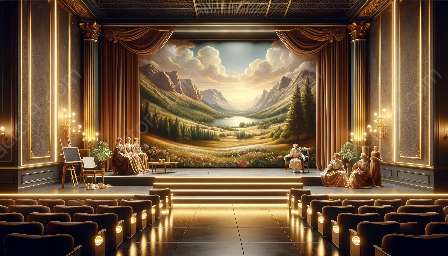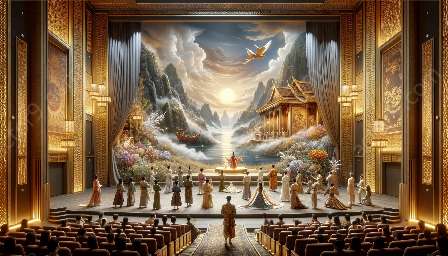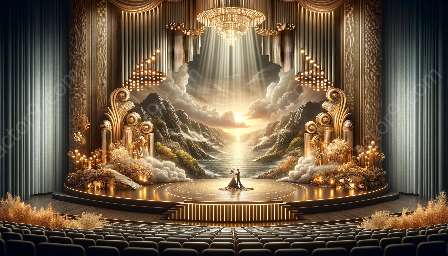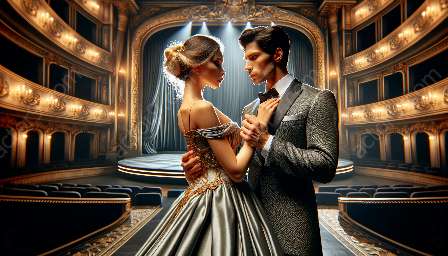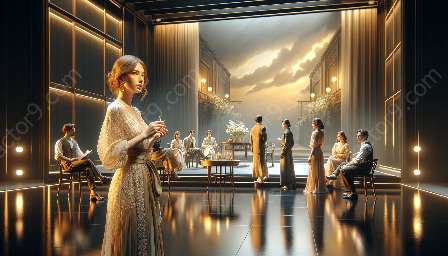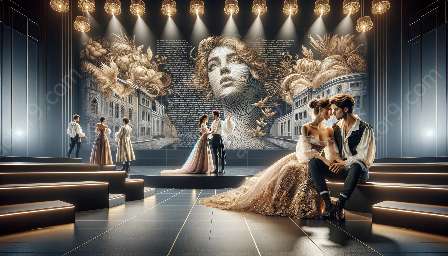Asian modern theater is a vibrant and dynamic medium that incorporates various art forms, with music and dance playing a crucial role in shaping its dramatic narratives and performances. In this topic cluster, we will delve into the significance of music and dance in modern Asian theater and explore its compatibility with Asian modern drama and modern drama.
The Essence of Music and Dance in Asian Modern Theater
Asian modern theater is deeply rooted in traditional forms of performing arts, and music and dance have always been integral components of storytelling and expression in Asian cultures. In modern theater, these traditional elements are reimagined and blended with contemporary influences, creating a rich tapestry of performances that captivate audiences and convey diverse emotions and narratives.
The Role of Music
Music in modern Asian theater serves as a powerful medium for evoking mood, accentuating emotions, and amplifying the narrative impact of the performances. It can range from traditional instrumental compositions to modern soundscapes, integrating a wide spectrum of musical traditions and styles to create unique atmospheres that resonate with the themes and settings of the productions.
The Significance of Dance
Dance, with its fluid movements and expressive gestures, brings a visual dimension to the storytelling in modern Asian theater. From classical dance forms to contemporary choreography, dance sequences enhance the theatrical experience, conveying cultural nuances, character dynamics, and thematic motifs through graceful and captivating performances.
Asian Modern Drama and its Synergy with Music and Dance
Asian modern drama, with its narrative depth and cultural resonance, intertwines seamlessly with the incorporation of music and dance in theater. The fusion of dramatic storytelling with musical and choreographic elements amplifies the emotional impact of the performances and creates a multi-sensory experience that resonates with audiences on profound levels.
Cultural Context and Relevance
Modern drama in Asian theater often draws from historical and contemporary cultural themes, and the inclusion of music and dance serves to preserve and celebrate cultural heritage while also adapting it to the realities of the modern world. This fusion of tradition and innovation amplifies the relevance and accessibility of Asian modern drama to diverse audiences.
Compatibility with Modern Drama
Beyond its specific Asian context, the incorporation of music and dance in modern Asian theater shares fundamental synergies with global modern drama. The universality of music and dance as storytelling elements transcends cultural boundaries, resonating with the human experience and enriching modern drama with diversity, vibrancy, and profound artistic expression.
Collaborative Creativity
In the realm of modern drama, the collaboration between playwrights, directors, composers, choreographers, and performers fosters an environment of creative synergy, leading to innovative productions that embrace the interplay of music, dance, and dramatic narratives. This collaborative approach results in transformative theatrical experiences that blur the lines between artistic disciplines and elevate the impact of modern drama.
Conclusion
Music and dance are indispensable elements of modern Asian theater, enriching the artistic landscape with their emotional resonance, cultural significance, and transformative power. The compatibility of music and dance with Asian modern drama and modern drama reflects the enduring relevance and universal appeal of these artistic forms, offering audiences captivating experiences that bridge tradition and innovation, culture and creativity.


